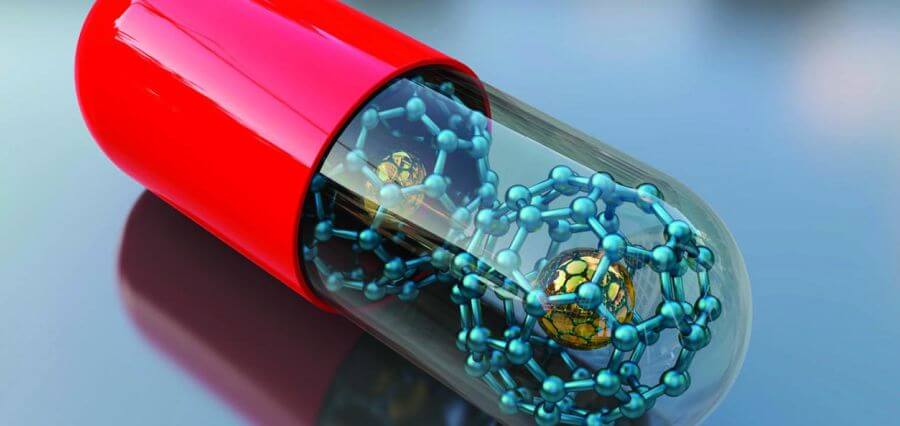In simple terms, Remote Patient Monitoring (RPM) is like having a virtual doctor or nurse keep a close eye on you, even at home or on the go. It’s a cutting-edge way of using technology to monitor your health and provide timely medical support. RPM has recently gained popularity due to its convenience and efficiency in managing chronic illnesses, such as diabetes, heart conditions, and respiratory problems.
Imagine you have a health condition that requires regular check-ups and monitoring by healthcare professionals. Instead of visiting the doctor’s office every time, RPM allows you to use various devices and sensors to keep track of vital signs and other health data from the comfort of your home. These devices might include smartwatches, fitness trackers, blood pressure monitors, glucometers, and even specialized tools tailored to your health needs.
The data collected by these devices is transmitted securely to healthcare providers through the Internet. They analyze this information to gain insights into your health status and take appropriate actions if necessary. It’s like having your health information sent directly to your doctor’s computer or smartphone, allowing them to keep a close watch on your well-being without you having to leave your home.
This innovative approach benefits both patients and healthcare providers in several ways. For patients, RPM offers greater convenience, reduced travel, and fewer in-person appointments, which can be especially helpful for those living in remote areas or facing mobility challenges. Additionally, patients can become more engaged in managing their health as they better understand their vital signs and health trends.
For healthcare providers, RPM enables them to monitor multiple patients efficiently, allocating their resources more effectively. By remotely tracking patients’ health, they can intervene earlier if they spot any concerning signs, preventing potential emergencies or hospitalizations. This proactive approach often results in better patient health outcomes and reduces the burden on healthcare facilities.
RPM’s impact extends beyond chronic disease management. It has proven invaluable during public health crises like the COVID-19 pandemic. RPM allowed healthcare professionals to monitor COVID-19 patients remotely, reducing the risk of virus transmission and easing the strain on overwhelmed healthcare systems.
As technology advances, RPM is likely to become even more sophisticated. Artificial Intelligence (AI) and machine learning will be essential in analyzing patient data, allowing quicker and more accurate health assessments. This may result in more personalized and effective treatment plans for individuals.
In conclusion, Remote Patient Monitoring is a groundbreaking approach to healthcare that leverages technology to keep patients connected with their healthcare providers from a distance. It empowers patients to actively participate in their health management while offering healthcare professionals invaluable insights to deliver timely and efficient care. As this field continues to evolve, RPM is set to revolutionize healthcare, making it more patient-centric, accessible, and effective.
| Read More Articles: Click Here |










